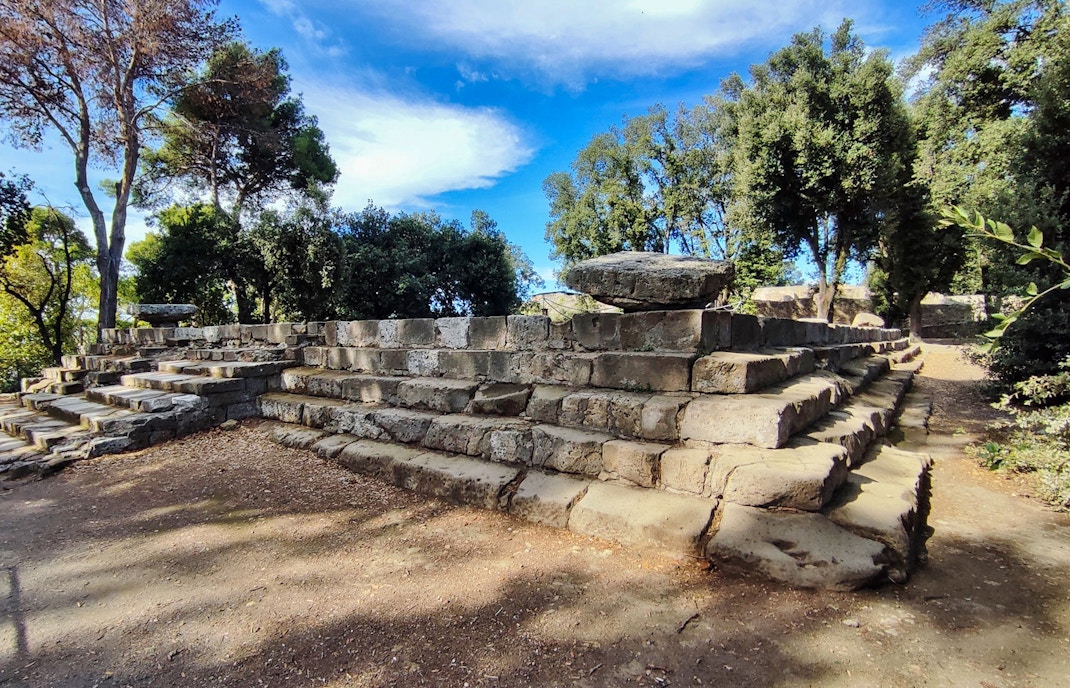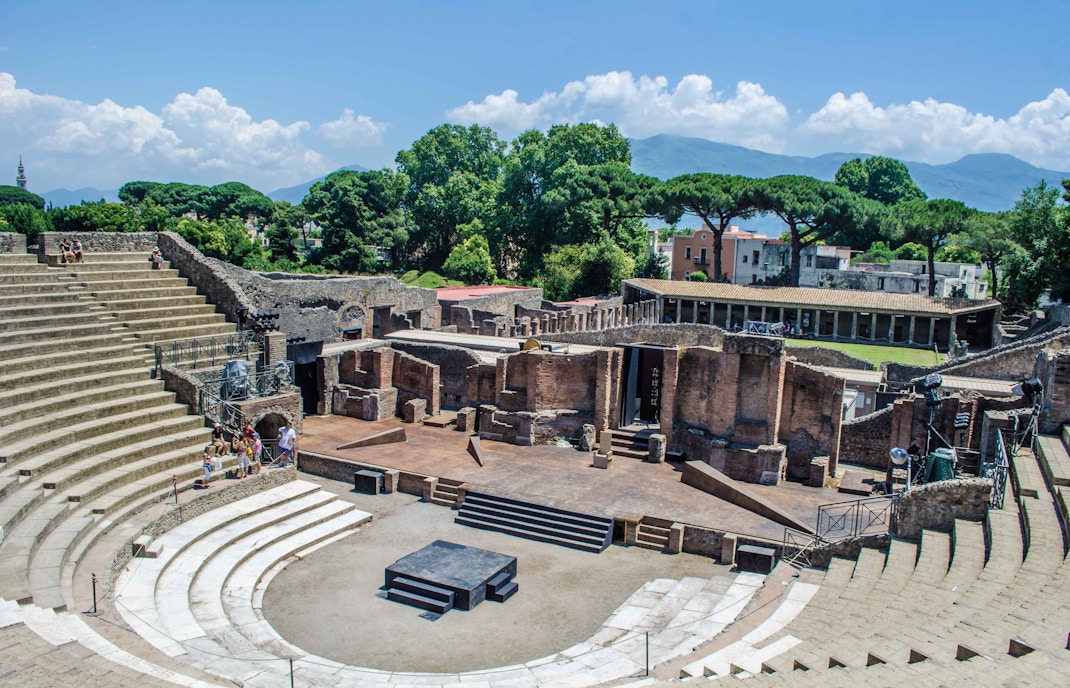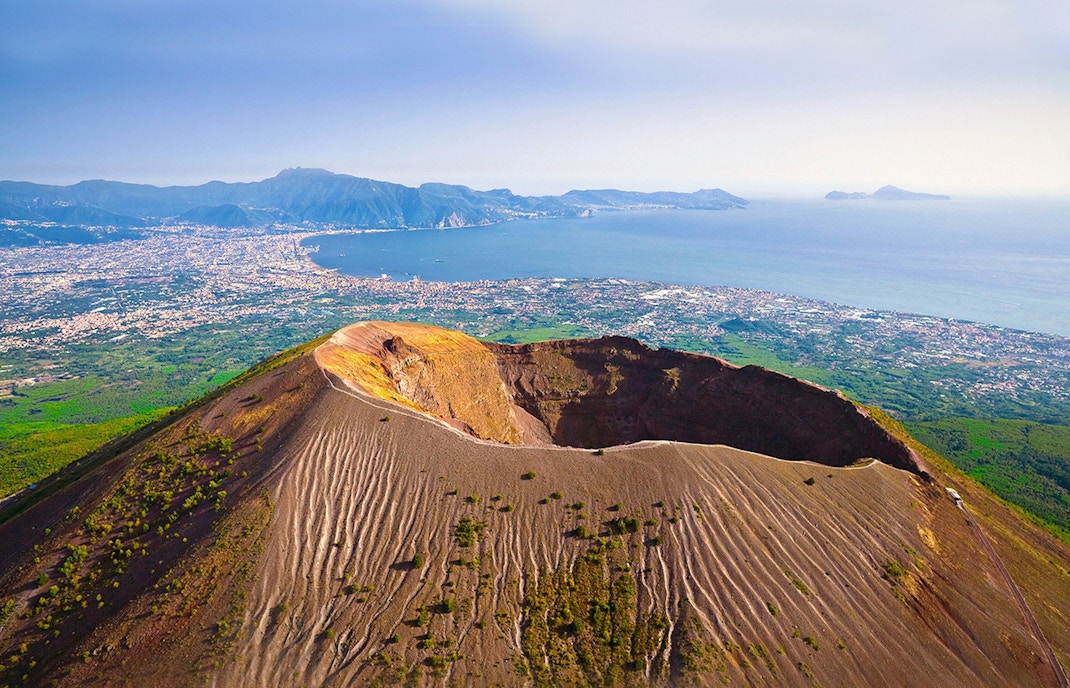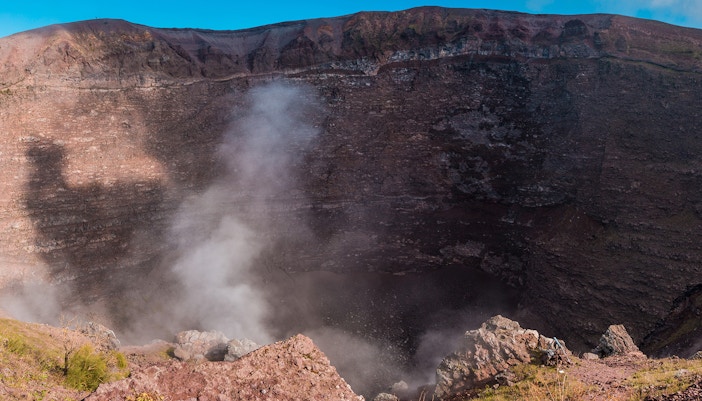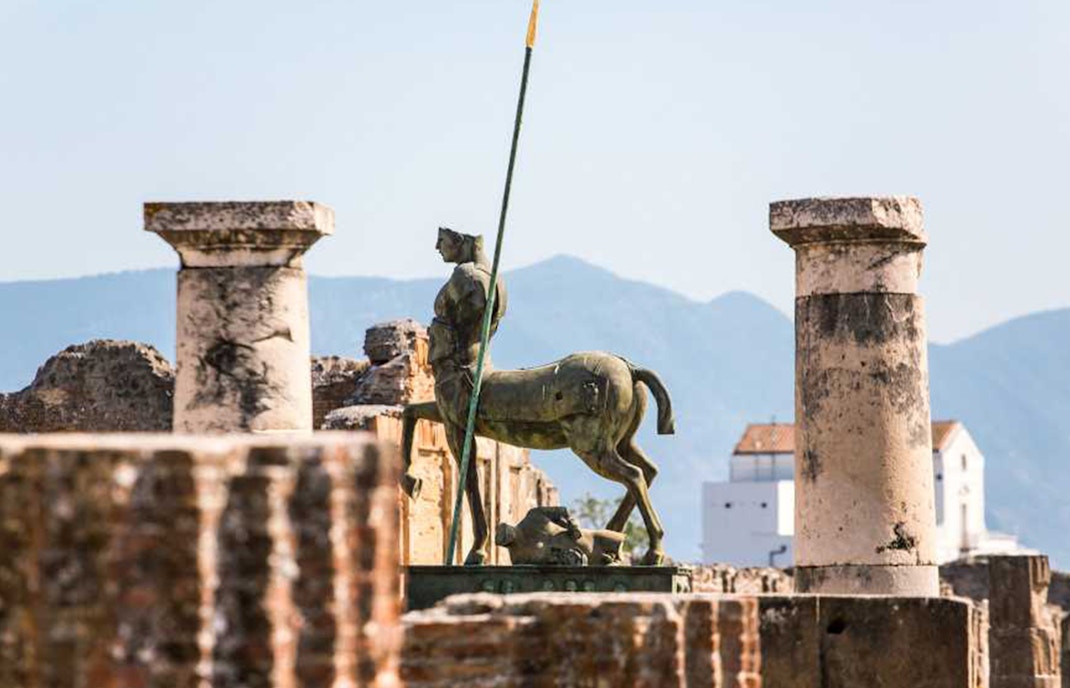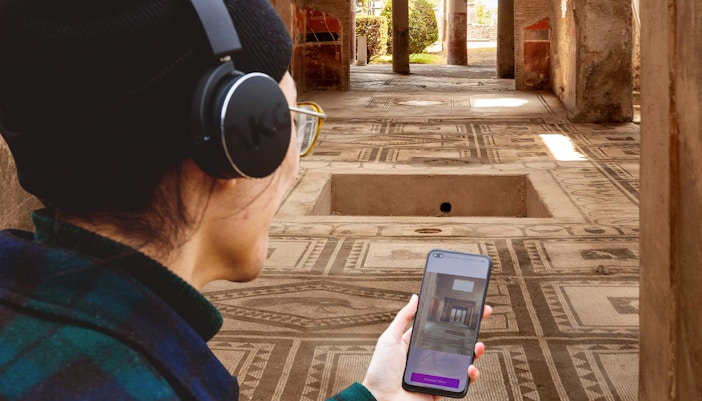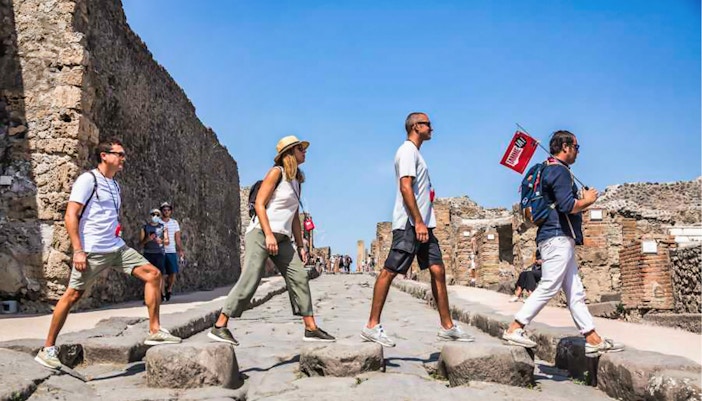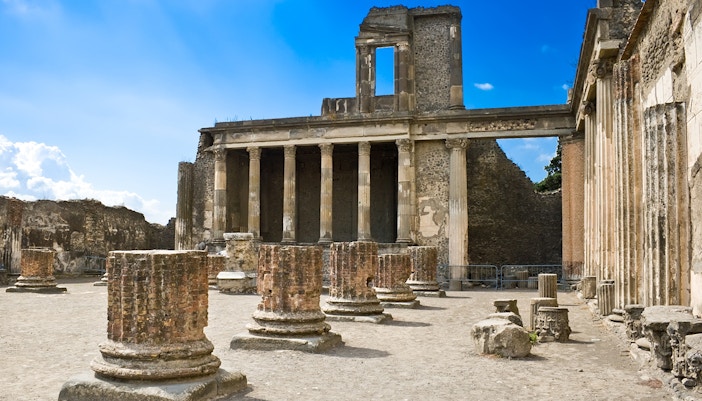740 BC
The Oscans originally settled along the slopes near the coast, but it was the Greeks and Etruscans' arrival in the 8th century BC that put the port city of Pompeii on the map.
The Doric Temple, now known as the Triangular Forum, was the most significant building then. In the 6th century BC, the community was surrounded by an impressive tufa city wall indicating that its residents were wealthy, perhaps that to the flourishing Maritime trade. The Etruscans also settled the surrounding areas and began to control the military, and Pompeii soon became a part of the Etruscan League of Cities.
The community is known to have built the Temple of Apollo along with a primitive forum and several houses. However, their reign was short-lived because the Greek city of Cumae, along with Syracuse, gained control of the region by defeating the Etruscans in the Battle of Cumae in 474 BC.
